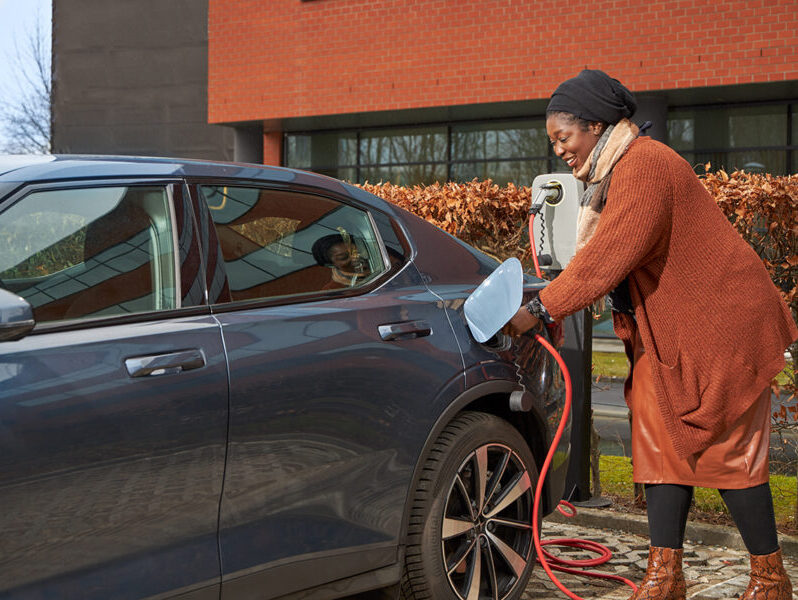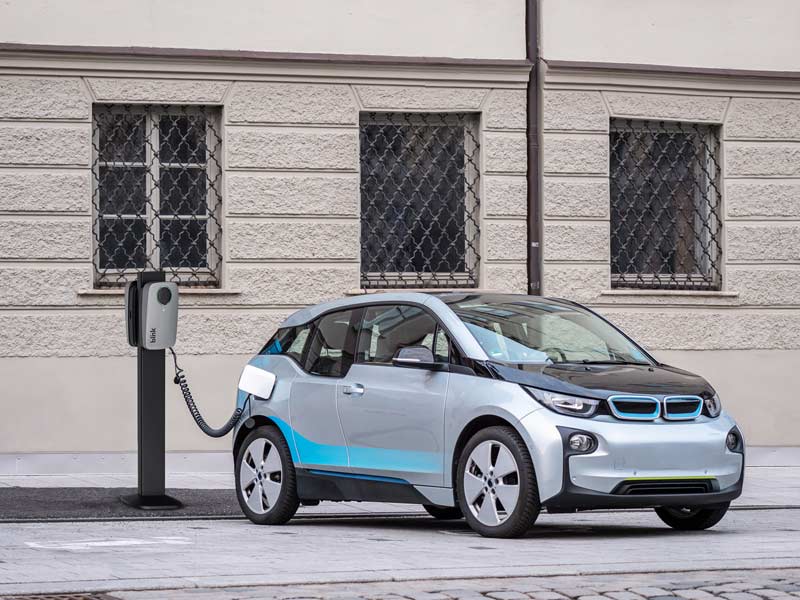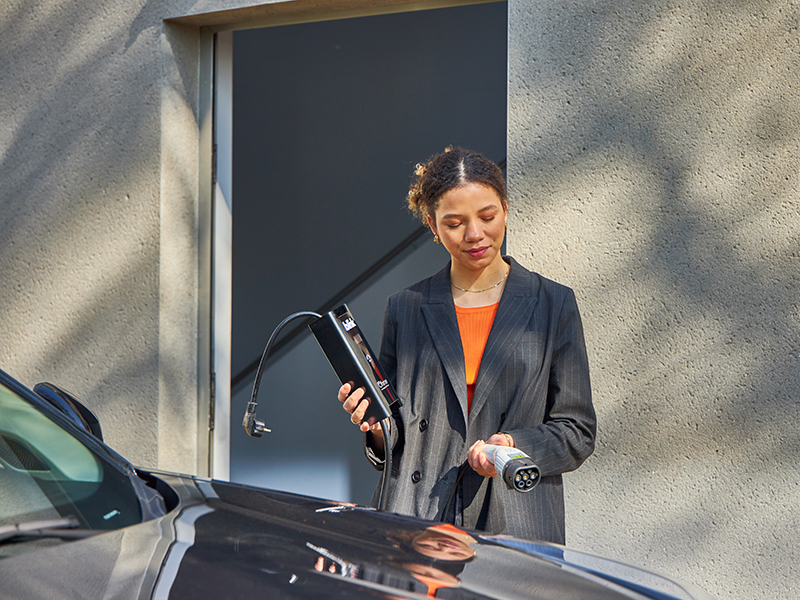Toen we begonnen, hebben we meer dan alleen auto’s geëlektrificeerd; we hebben onze verbeelding geëlektrificeerd. Wij geloven in de kracht van elektrische mobiliteit om ons vervoer te transformeren. Sindsdien hebben we in vele landen actief bijgedragen aan de groei en ontwikkeling van EV-infrastructuur, met als doel om EV-laadstations toegankelijk te maken voor iedereen. Dat is al meer dan vijftien jaar onze enige focus.
Met zelf ontworpen en geproduceerde laadvoorzieningen hebben we een robuust wereldwijd netwerk van openbare EV-laadstations gerealiseerd. Het bezitten en beheren van deze belangrijke en onmisbare laadinfrastructuur is nodig om de wereldwijde adoptie van elektrische auto’s mogelijk te maken. Blink’s gevarieerde productaanbod omvat de meest geavanceerde producten in de industrie om aan de groeiende behoeften van EV-bestuurders en onze klanten te voldoen. Dankzij onze innovatie en passie die we met elkaar delen stuwen we de industrie vooruit, om laden elke dag een beetje makkelijker en toegankelijker voor iedereen te maken.






